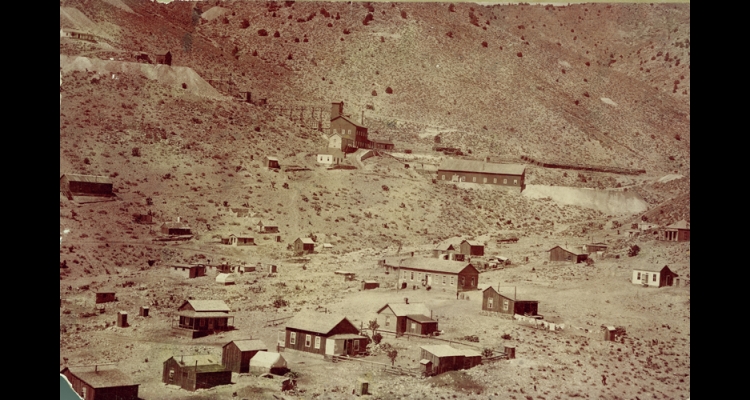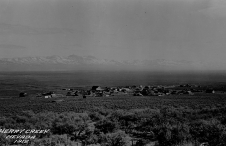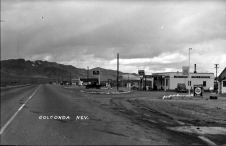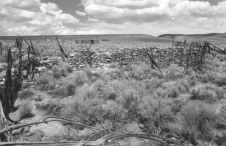Delamar
Delamar is a ghost town near the center of Lincoln County that prospered from mining for about a decade after 1892. At a time when Nevada was in the middle of its "twenty year depression," the discovery of gold ore was highly promising. Delamar was a modest prelude to the discovery and production of gold at Goldfield a decade later.
Initially called the Ferguson District, the town was renamed for Capt. J. R. DeLamar, who invested in the district in 1894. During the next five years this region was one of the most productive in the state. Yet its ore bodies were shallow and rapidly depleted. Production and prosperity declined after 1900, and most output had ceased by 1909.
Delamar became notorious in Nevada mining lore because of the experience with "Delamar dust," the thin white powder that flew into the underground air when miners drilled with the new pneumatically powered machines. These early power tools "drilled dry"—no water was forced through the drill to subdue the dust. After a few months of such work, miners suffered from silicosis and most of them died in agony. State laws were soon enacted to require changes in the drilling process.
Article Locations
Related Articles
Further Reading
None at this time.



